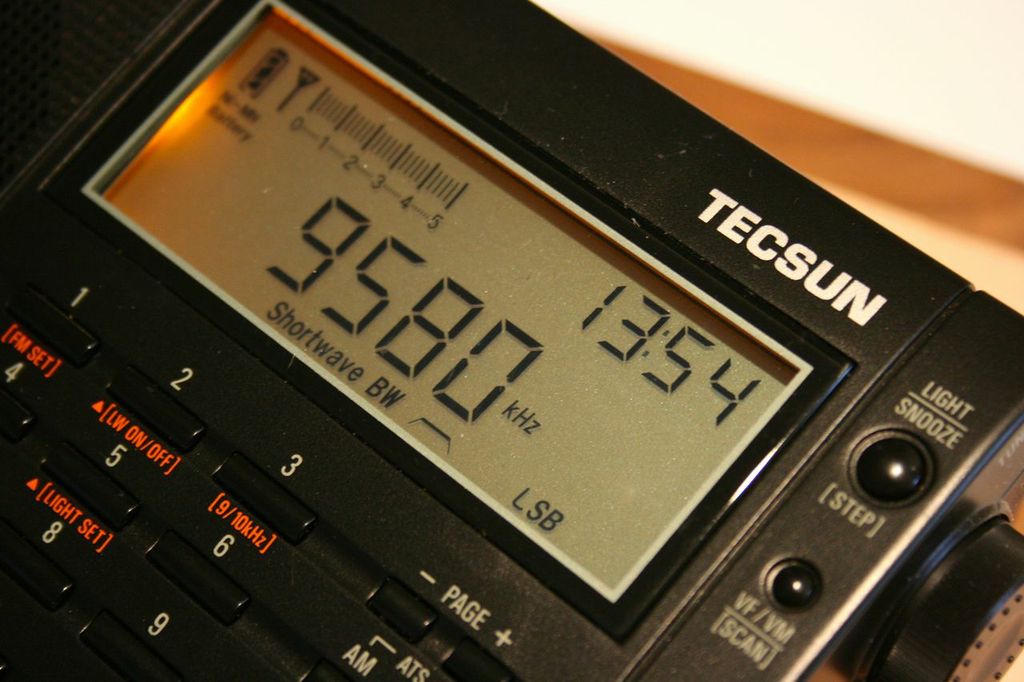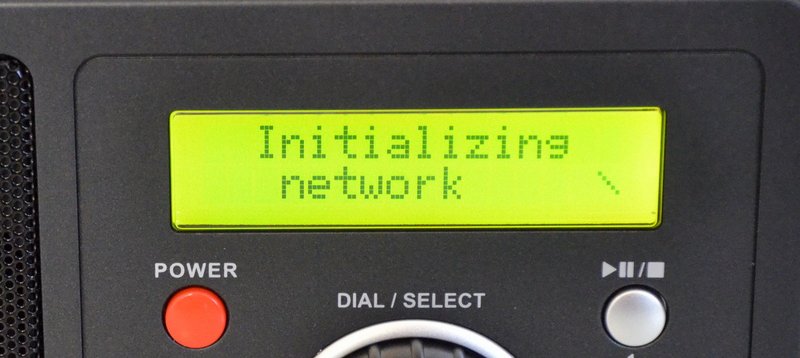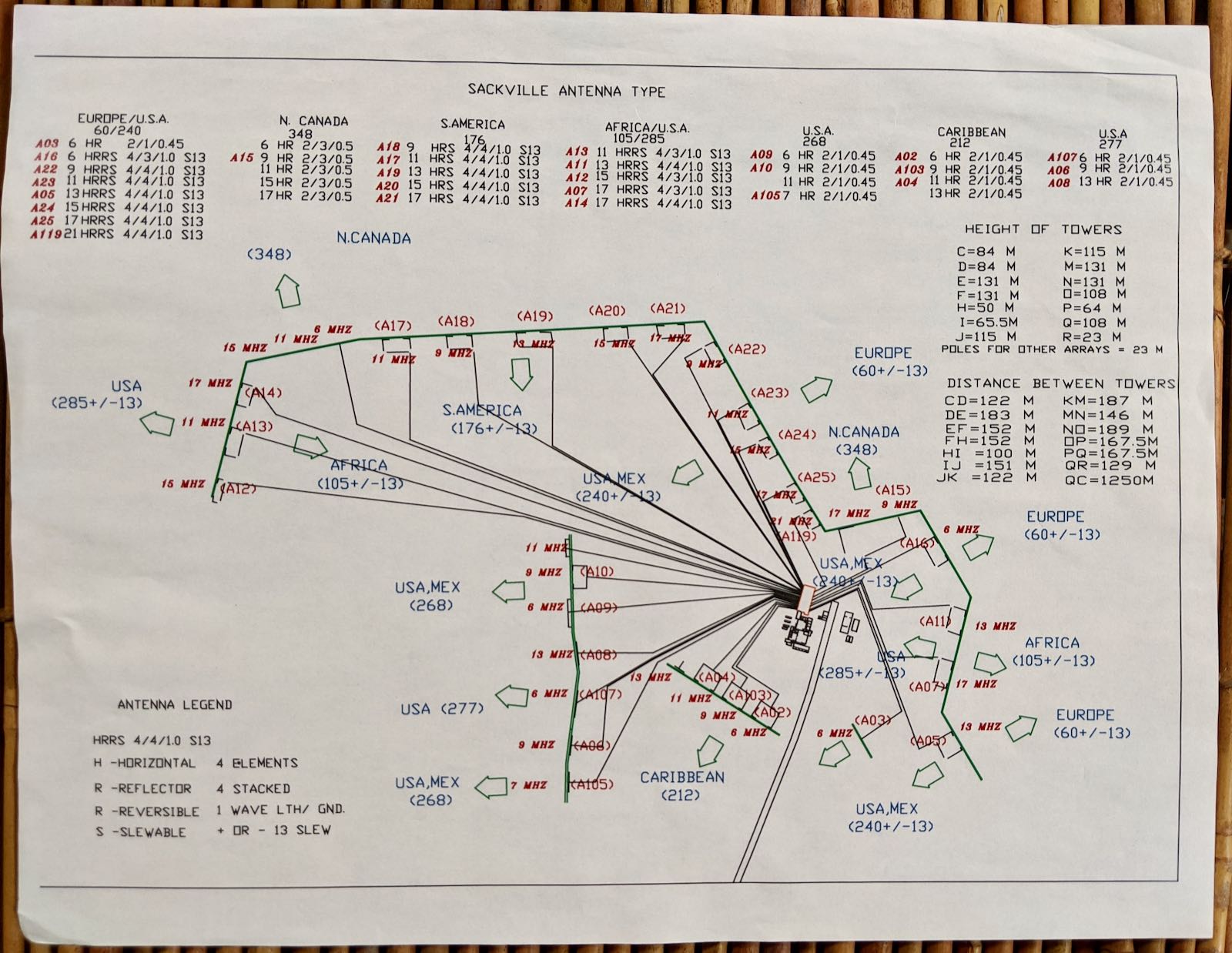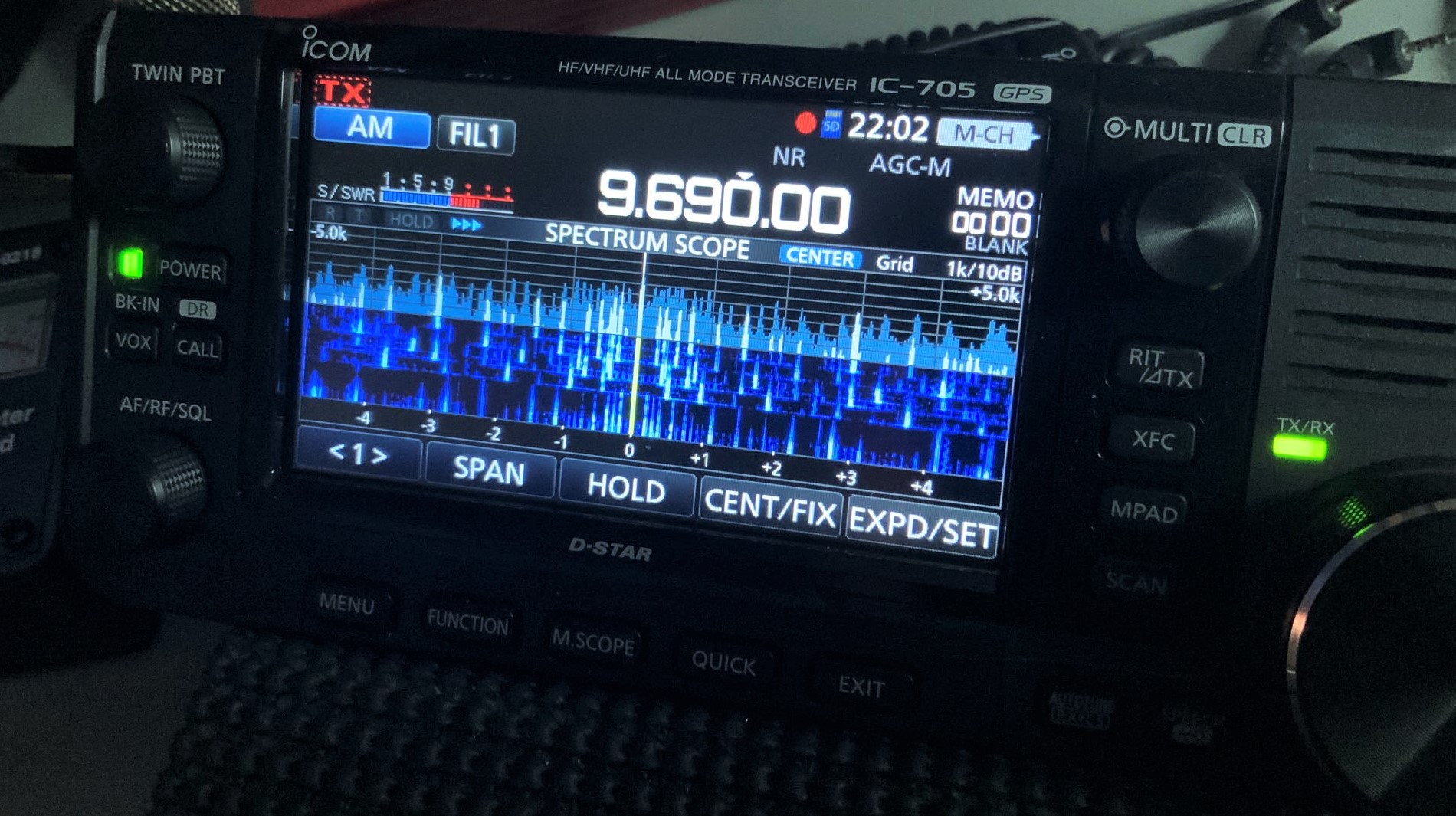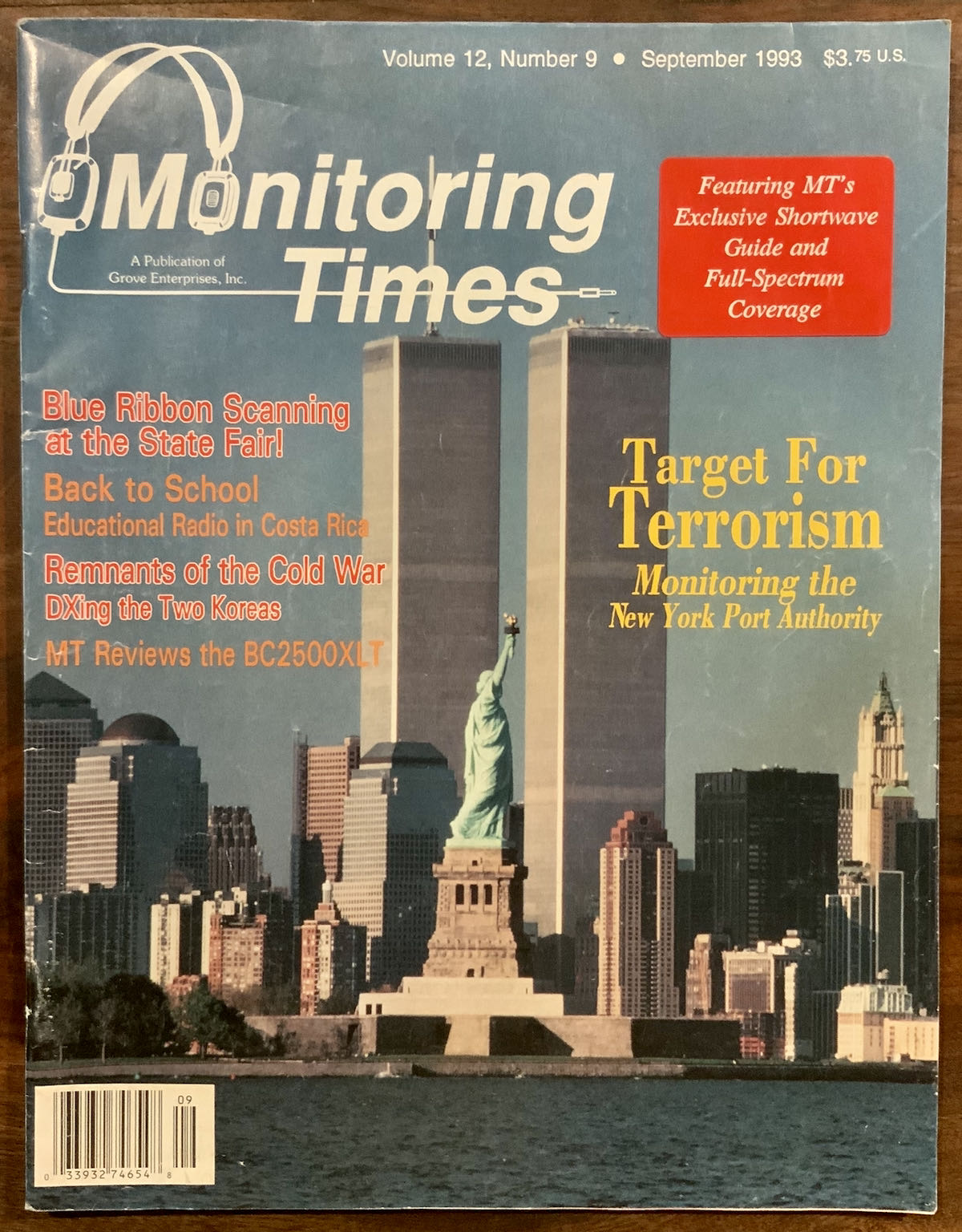Radio Waves: Stories Making Waves in the World of Radio
Because I keep my ear to the waves, as well as receive many tips from others who do the same, I find myself privy to radio-related stories that might interest SWLing Post readers. To that end: Welcome to the SWLing Post’s Radio Waves, a collection of links to interesting stories making waves in the world of radio. Enjoy!
Many thanks to SWLing Post contributors Dan Robinson, Kanwar Sandhu, Robert Carleton, Mark C. and the Southgate ARC for the following tips:
DW launches shortwave radio service for Afghanistan (DW)
Starting September 13, DW will broadcast daily radio programs in Dari and Pashto via shortwave to provide credible information to listeners in Afghanistan.
Deutsche Welle is launching a shortwave radio service for listeners in Afghanistan. The daily programs will be in both regional languages Dari and Pashto.
“In Afghanistan, media diversity and free access to independent information are under acute threat,” said Director General of DW Peter Limbourg. “DW has an experienced and skilled editorial team for the region which will contribute to providing better information to the people of Afghanistan with a shortwave radio service in Dari and Pashto, in addition to our online and social media offerings.”
The programs will broadcast daily for 30 minutes over the 15230 kHZ and 15390 kHZ frequencies at 14:00 UTC in Dari and at 14:30 UTC in Pashto.
Director of Programs for Asia Debarati Guha said the focus of the programs will be on peace, civil society and gender and human rights issues.


